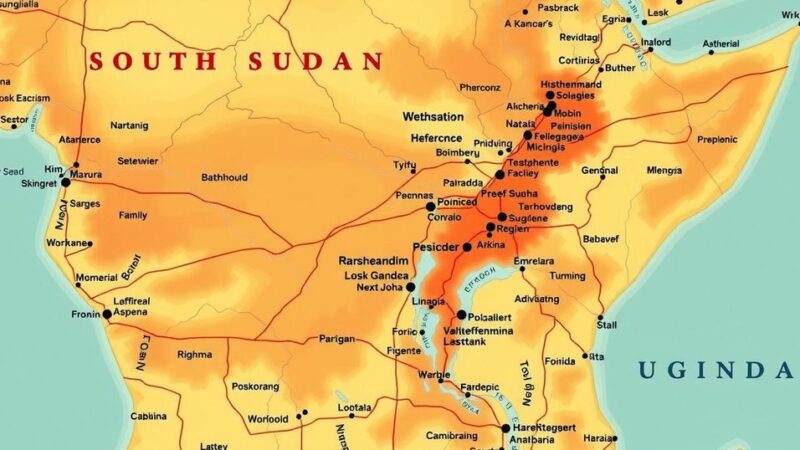A 3.8-magnitude earthquake struck Southern California near Malibu on November 22, 2024. The quake was felt by many residents across the region, with reports of strong tremors. Experts emphasized the importance of protective measures during earthquakes, as they can lead to serious hazards.
On November 22, 2024, a 3.8-magnitude earthquake struck Southern California, specifically about four miles north of Malibu, at a depth exceeding six miles. The U.S. Geological Survey reported that this event occurred at approximately 2:15 PM, leading over 700 individuals from locations such as Irvine and Ventura to report their experiences to authorities. Many residents expressed their shock on social media, with one commenting that they believed their ceiling fan might fall due to the shaking. The magnitude scale used to quantify earthquakes now supersedes the traditional Richter scale, with tremors within the 2.5 to 5.4 magnitude range typically felt but causing minimal structural damage. Despite this, it is essential to remain vigilant, as earthquakes are often accompanied by significant aftershocks that can further endanger individuals in the vicinity.
Earthquake magnitudes quantify the energy released during seismic events and indicate the potential for damage. Although quakes of lower magnitudes are generally felt by the public without leading to destruction, the sudden onset can pose serious risks, including fires, landslides, and tsunamis. Specific regions, particularly coastal areas and seismic hotspots such as California, frequently experience these natural phenomena, underscoring the importance of preparedness and knowledge of safety protocols during such occurrences.
In conclusion, the recent 3.8-magnitude earthquake in Southern California serves as a reminder of the unpredictable nature of seismic activity in the region. Understanding the magnitude and potential consequences of tremors is crucial for public safety. Experts recommend that individuals familiarize themselves with protective measures to mitigate risks during earthquakes and be prepared for possible aftershocks, ensuring personal safety in the event of future seismic activities.
Original Source: www.thestate.com






